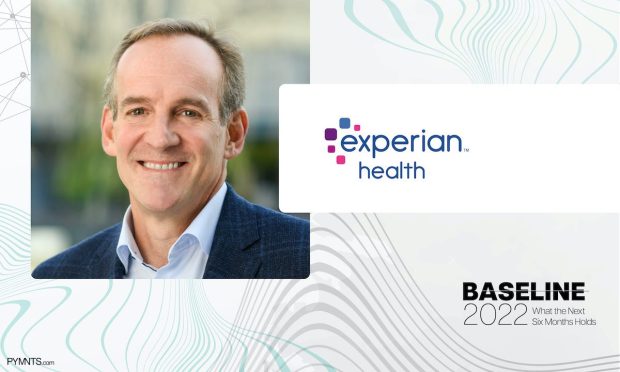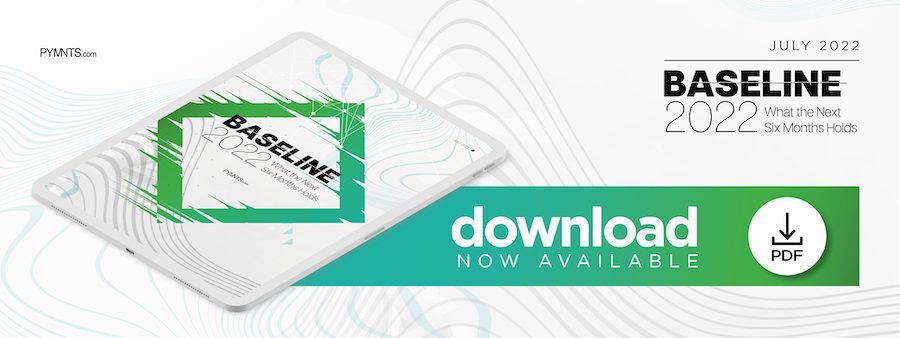Post-Pandemic Innovations Can Ease Healthcare Payments

Data, combined with the right technology, can make healthcare more affordable and enhance the patient journey, Experian Health President Tom Cox writes in the PYMNTS eBook “Baseline 2022: What the Next Six Months Holds.”
For more than two years we’ve witnessed how federal and state stimulus, a strong job market and restricted discretionary spending have buoyed the consumer’s ability to keep up on debt. Today, the narrative has flipped. Stimulus is over, inflation is here and experts expect people will spend whatever is necessary to take vacations this summer. Additionally, continued staffing shortages and sweeping regulation are putting even more pressure on providers to maintain a strong revenue cycle.
Among these challenges, inflation has been the gut punch. Even higher salaries and continued low unemployment are no match for skyrocketing costs tied to gas, grocery and rent. In these times of financial stress, consumers prioritize their expenses. Rent/mortgage, transportation and utilities get first consideration while medical bills typically move to “the bottom of the pile.”
While consumers pushed off elective procedures and some preventive care during the pandemic, the thought was that providers could rely on this revenue coming back in 2021 and 2022. That may have to wait a little longer. It’s important to remember that, before COVID-19 took the top spot of reasons why people didn’t go to the doctor, “concern for the cost” held that title. With inflation’s help, the cost reason will likely reclaim the number one position before the end of summer. A continued reduction in patient traffic is not going to help hospital finances, and inflation will hamper collecting from those who do show up.
Ironically, the pandemic required sudden, systematic changes to the patient journey that — while painful to scope and implement at first — may now help mitigate the impact to collections. Payment options are increasingly digital and more convenient, payment plans are more common, and price estimates have become less of a rarity. There is also greater use of non-clinical data to get a broader view of patients and their unique financial solutions. Data, coupled with the right technology, can help providers make sense of it all and enhance the patient journey.
Regulation is also driving change. The Hospital Price Transparency Final Rule and the No Surprises Act have put accurate data at the forefront of efforts to transform the patient’s financial experience. Together, these regulations could create the same pricing experience that consumers enjoy in other verticals, namely knowing the cost before making a purchase.
I learned long ago never to ask, “What else could possibly happen?” Healthcare finds itself out of the kettle and into the fire, but this heat is driving the industry to build a better, modern financial experience that will ultimately benefit the provider and patient. That could change the question to: “Could this possibly happen?” I hope so.

